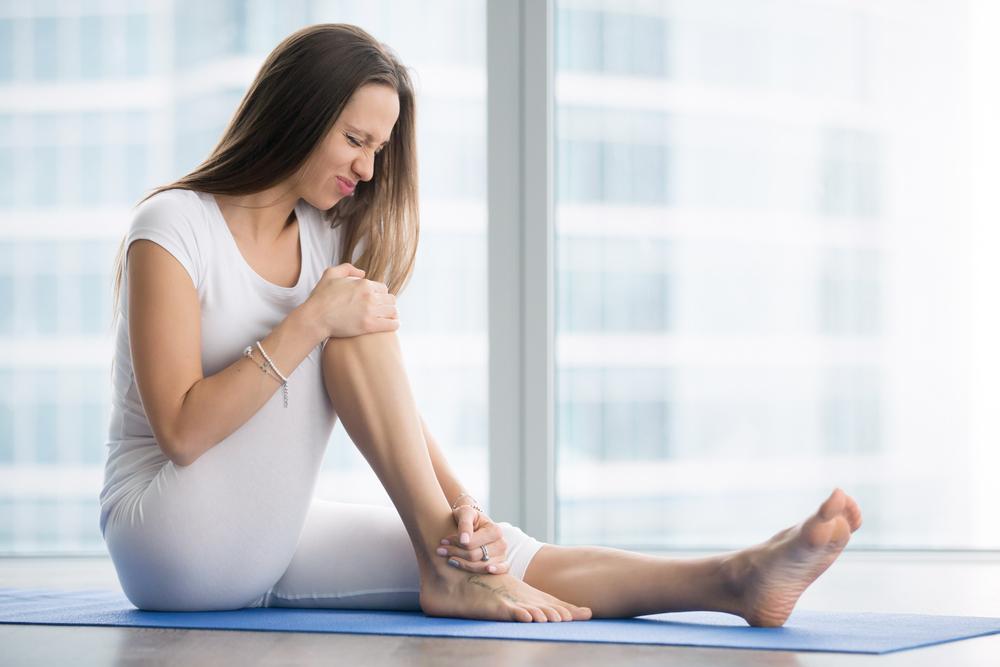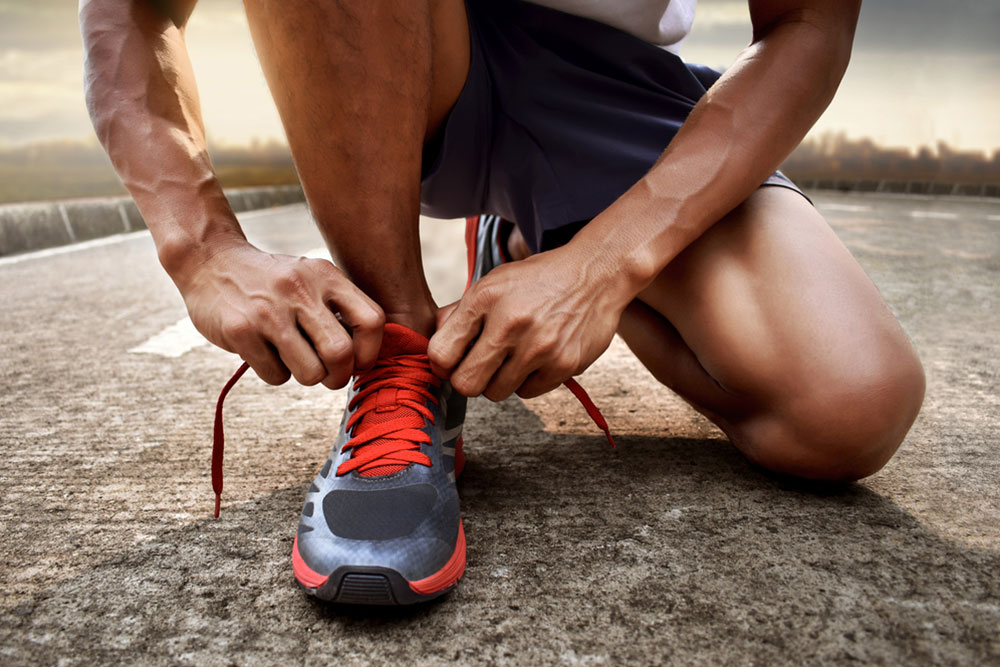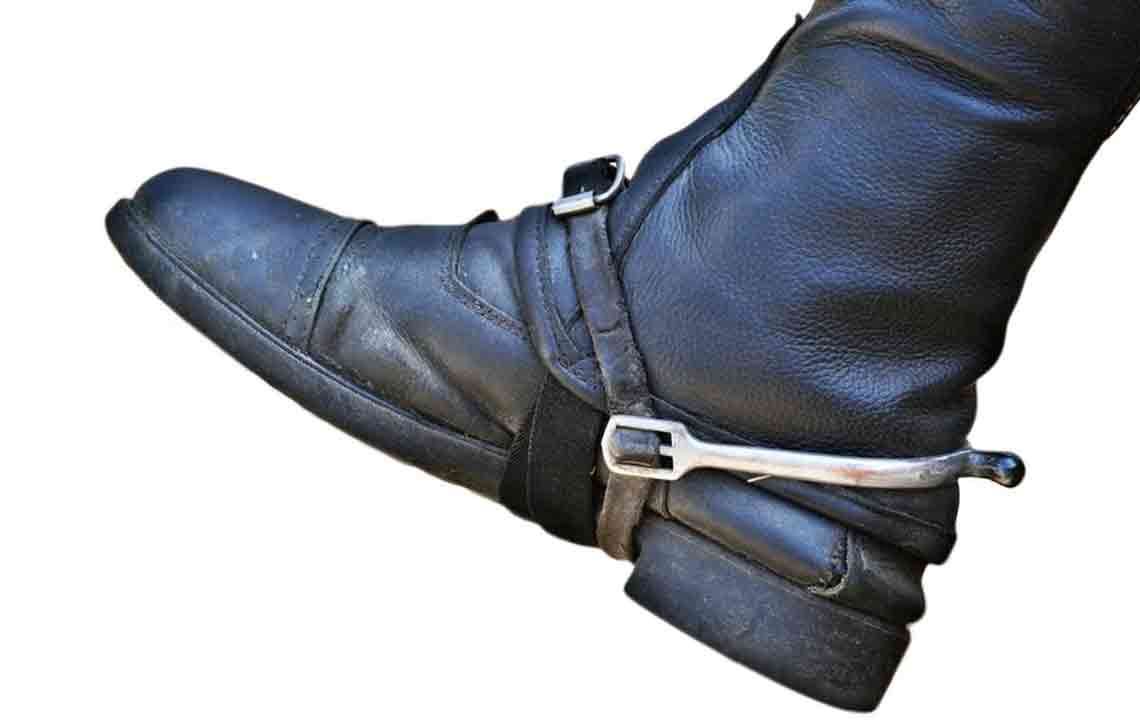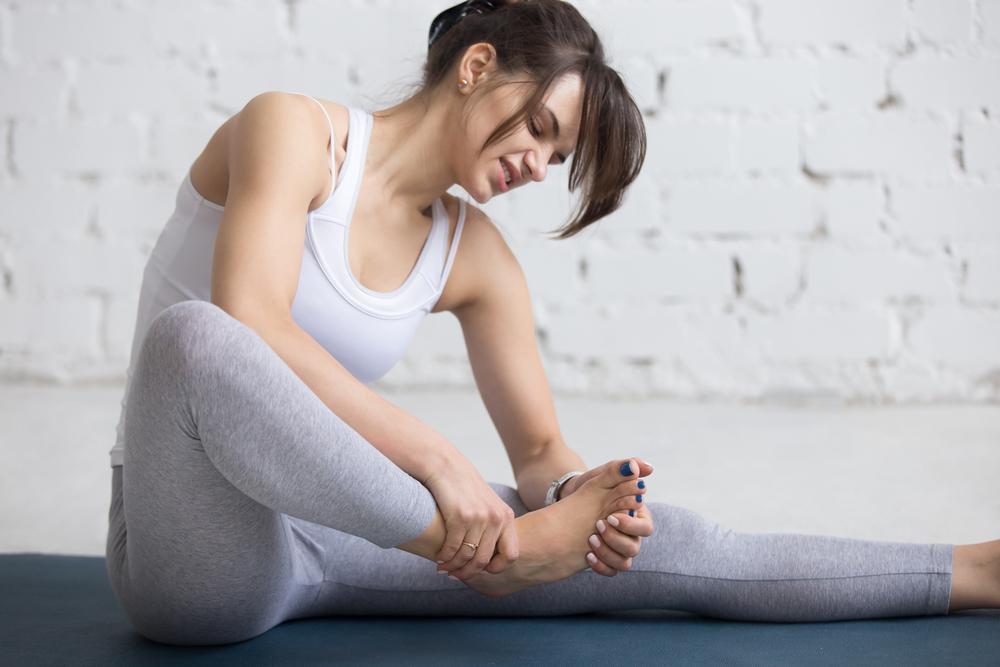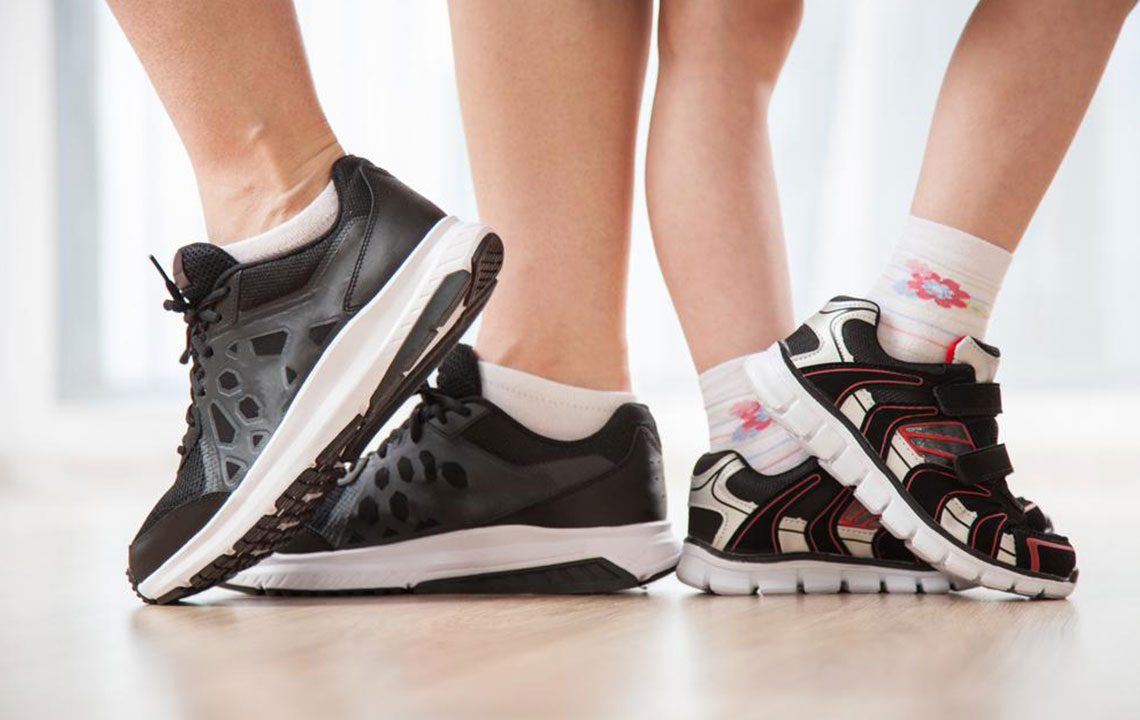Comprehensive Guide to Selecting the Best Footwear for Bunion Relief
This comprehensive guide emphasizes the importance of choosing proper footwear to manage bunions effectively. It covers essential features like wide toe boxes, low heels, and supportive materials, along with supplementary tips such as using orthotics and toe spacers. Proper footwear can prevent bunion progression, reduce pain, and improve overall foot health. Consulting healthcare professionals for personalized treatment options and ongoing self-care are crucial components. By understanding and implementing these strategies, individuals can maintain mobility and enhance their quality of life despite bunion issues.
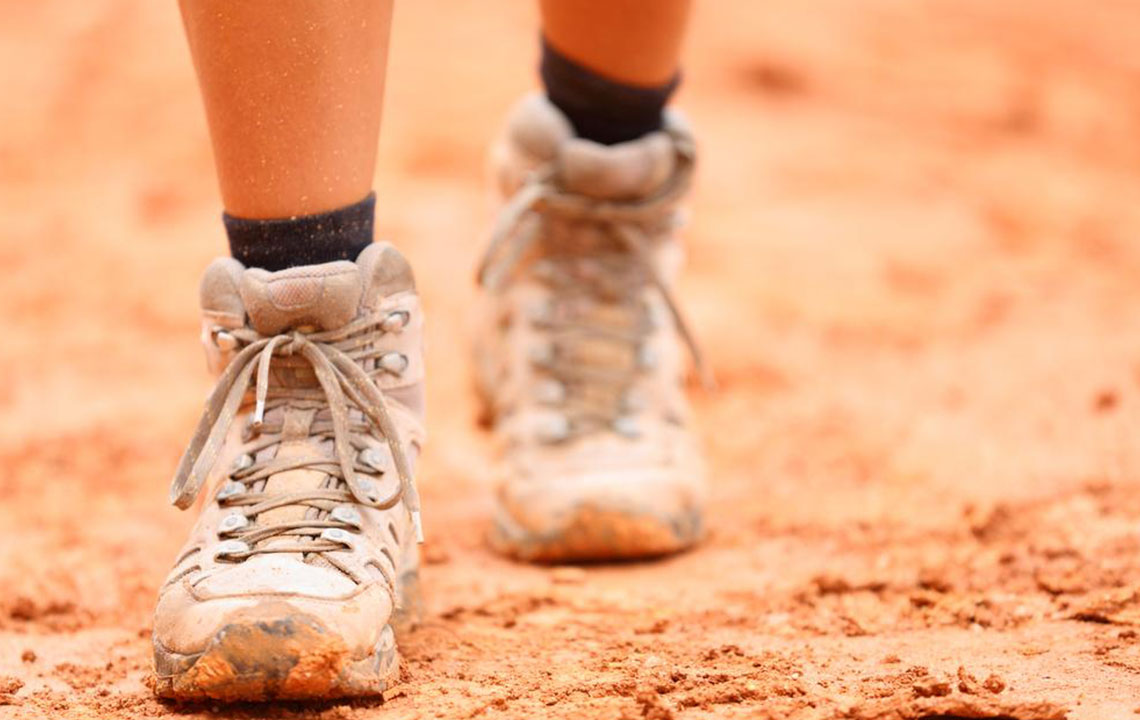
Comprehensive Guide to Selecting the Best Footwear for Bunion Relief
Bunions, medically known as hallux valgus, are bony protrusions that develop at the base of the big toe joint. These deformities can cause significant discomfort, pain, and deformity if left unmanaged. The primary culprit behind bunion formation is improper footwear, especially tight, narrow, or pointed shoes worn over extended periods. Such footwear pushes the toes into unnatural positions, contributing to the development and aggravation of bunions. Over time, bunions may lead to stiffness, difficulty walking, and changes in gait that can affect overall mobility and quality of life.
Understanding the impact of footwear choices on bunion health is crucial for both prevention and management. While genetics can play a role in bunion development, lifestyle factors, particularly shoe selection, are often the primary contributors. The wrong shoes can accelerate the progression of existing bunions or trigger their development in susceptible individuals. Therefore, selecting appropriate footwear is a fundamental step in controlling bunion pain, preventing deformity progression, and maintaining foot health.
Choosing the right footwear for bunion relief involves understanding specific design features that promote foot health. Shoes that offer generous toe boxes are essential to prevent squeezing and friction. Low-heeled shoes are recommended to minimize pressure on the toe joint, helping to reduce swelling and discomfort. For individuals prone to bunions or those already affected, shoes with extra depth accommodate calluses, corns, or swelling, providing additional comfort. More advanced cases may require custom orthotic footwear, tailored to support the arch and realign the foot structure, which can be prescribed by healthcare professionals.
When shopping for bunion-friendly shoes, comfort and functionality should take precedence over style. Key features to look for include a wide toe box, soft yet supportive soles, and adjustable closures like laces or straps to achieve a secure and comfortable fit. Materials matter—prefer natural, breathable fabrics like leather or canvas over synthetic options, which can cause sweating and irritation. Ensuring shoes have a flexible sole helps facilitate natural foot movement, decreasing strain on the joint. Proper fit is vital and should be checked at the end of the day when feet tend to swell, ensuring the shoes remain comfortable during extended wear.
In addition to selecting appropriate footwear, supplementary measures can significantly alleviate bunion symptoms. Wearing loose-fitting cotton socks reduces skin irritation and allows better airflow. Using cushioning pads, gel inserts, or orthotic insoles can cushion pressure points and improve foot biomechanics. Toe spacers help maintain proper toe alignment by creating space between affected toes, reducing friction and pressure. Arch supports can aid individuals with flat feet or low arches, providing additional stability and reducing strain on the bunion area. Regularly assessing shoe fit, especially after prolonged use, helps prevent aggravation of the deformity, reinforcing the importance of ongoing self-care and professional consultation.
Consulting with a podiatrist or orthopedic specialist provides personalized advice based on individual foot structure and the severity of the bunion. Professionals can recommend custom orthotics, therapeutic exercises, or other interventions to slow the progression of deformity and reduce pain. Combining proper footwear selection with medical guidance and supportive accessories forms a comprehensive approach to bunion management. Lifestyle modifications, such as maintaining a healthy weight and avoiding high-impact activities, can further lessen foot stress. Prioritizing foot health through informed footwear choices and professional support enables individuals to walk with less pain, restore comfort, and preserve mobility for the long term.
